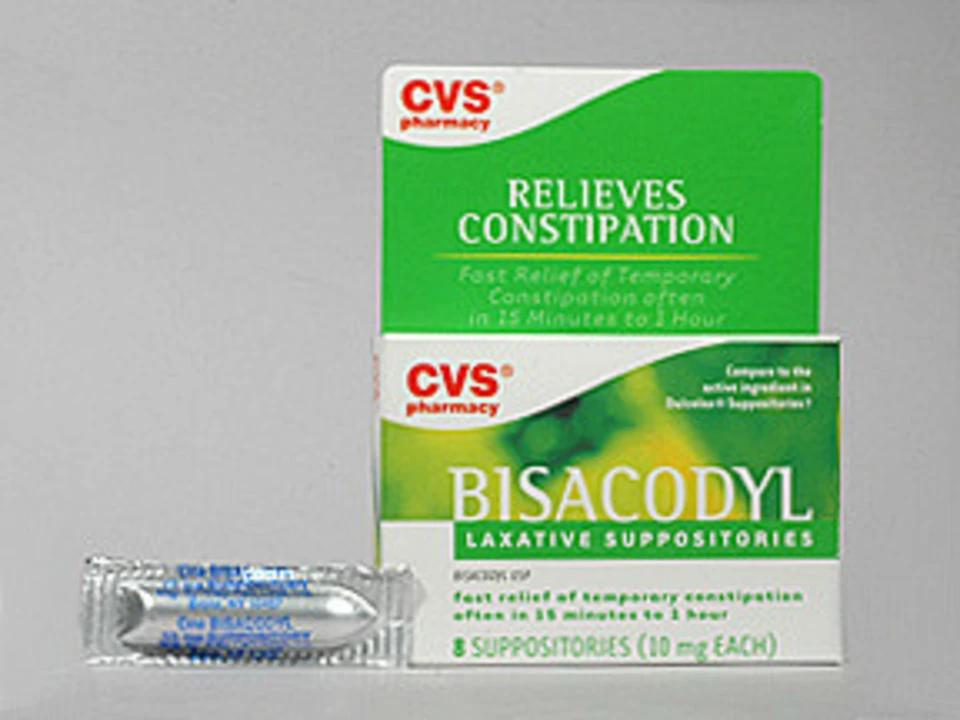Laxatives: How to Choose One, Use It Safely, and Avoid Common Mistakes
Ever tried a laxative and felt worse instead of better? Laxatives work, but the wrong type or wrong dose can cause cramping, dehydration, or dependency. This quick guide explains simple, practical choices so you can relieve constipation without surprises.
Types of laxatives and when to use them
There are four common laxative groups. Each does a different job:
Bulk-forming (psyllium, methylcellulose): add fiber to stool so it moves naturally. Best for mild, ongoing constipation. They take 12–72 hours to work and need plenty of water.
Stool softeners (docusate): wet and soften stool. Good after surgery or childbirth when straining is risky. They are gentle but slow, often working in 1–3 days.
Osmotic laxatives (polyethylene glycol, lactulose): draw water into the bowel to soften and move stool. Fast and reliable for short-term use. Expect effects in 1–3 days for PEG; some act faster.
Stimulant laxatives (bisacodyl, senna): trigger bowel contractions. They work fast, usually within hours, so use sparingly for occasional severe constipation. Overuse can cause cramping and long-term bowel weakness.
How to use laxatives safely
Start with lifestyle fixes: more fiber, water, and daily movement. If a laxative is needed, pick one that matches your situation—fiber for chronic mild cases, stool softener after surgery, osmotic for short-term relief, stimulant for fast action. Read labels and follow dose directions.
Drink extra water, especially with bulk-forming or osmotic products. Watch for side effects: cramping, bloating, nausea, or dizziness. Stop and check with a doctor if you see blood in stool, severe pain, fever, or if constipation lasts more than a week despite treatment.
Don't combine multiple laxatives unless a clinician tells you to. Combining a stool softener with a bulk-former can be OK, but stacking stimulants and osmotics raises the risk of dehydration and electrolyte imbalance.
Special groups need care. Pregnant people should ask their provider before using stimulant laxatives; bulk-forming agents are usually safer. Children and older adults are more likely to dehydrate, so low doses and medical advice are smart. If you have kidney disease, heart problems, or take many medicines, check interactions—some laxatives affect how drugs are absorbed or change electrolyte balance.
Want a simple plan? Try increasing fiber and water for a week. If no improvement, use an osmotic laxative like polyethylene glycol for a few days. Reserve stimulants for occasional use. And if bowel habits change suddenly, see a clinician—especially with weight loss, bleeding, or severe pain.
This is practical advice, not medical diagnosis. When in doubt, ask your doctor or pharmacist for a recommendation based on your health and medications.
As a copywriter, I've recently come across the topic of Bisacodyl use in geriatric care. Bisacodyl is a medication commonly prescribed to older adults to treat constipation. It works by stimulating the bowel muscles, helping to promote regular bowel movements. This can be especially important for the elderly, as constipation may lead to more serious health issues if left untreated. Overall, Bisacodyl seems to be a valuable tool in maintaining the digestive health of our aging population.
View Details

